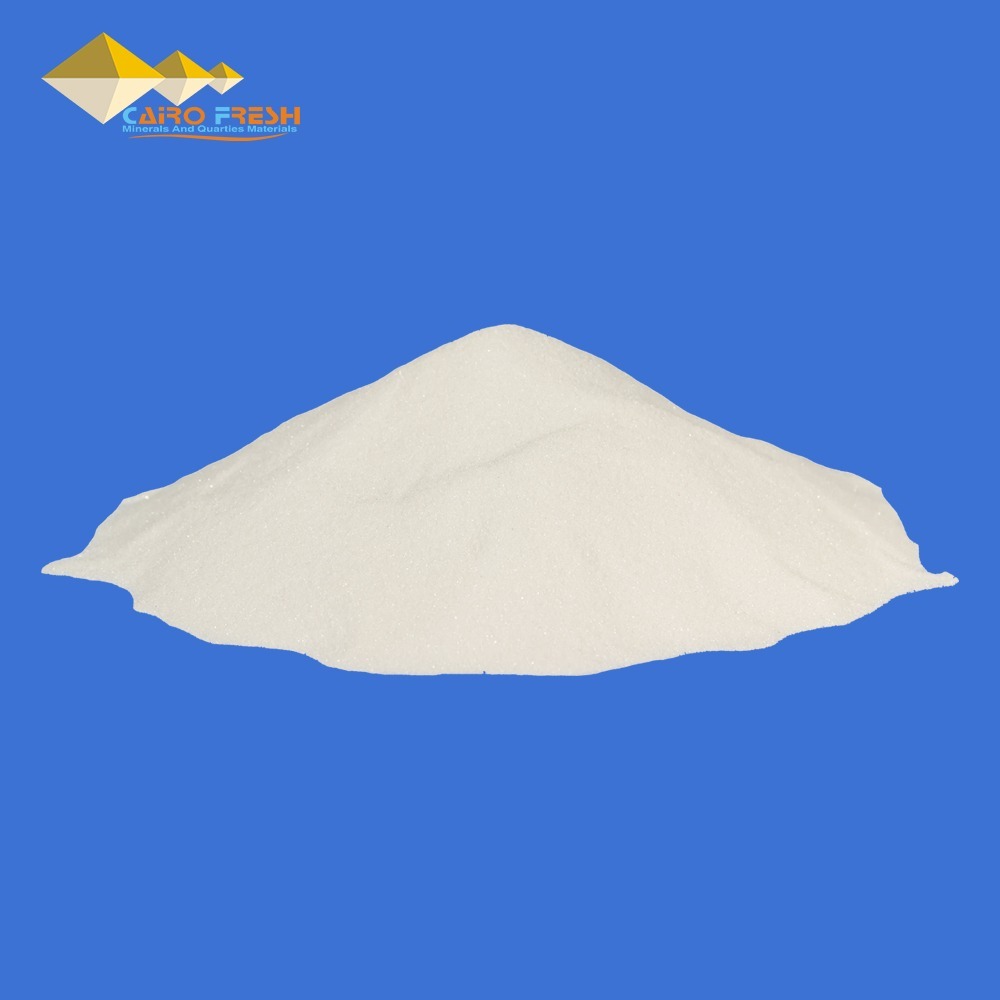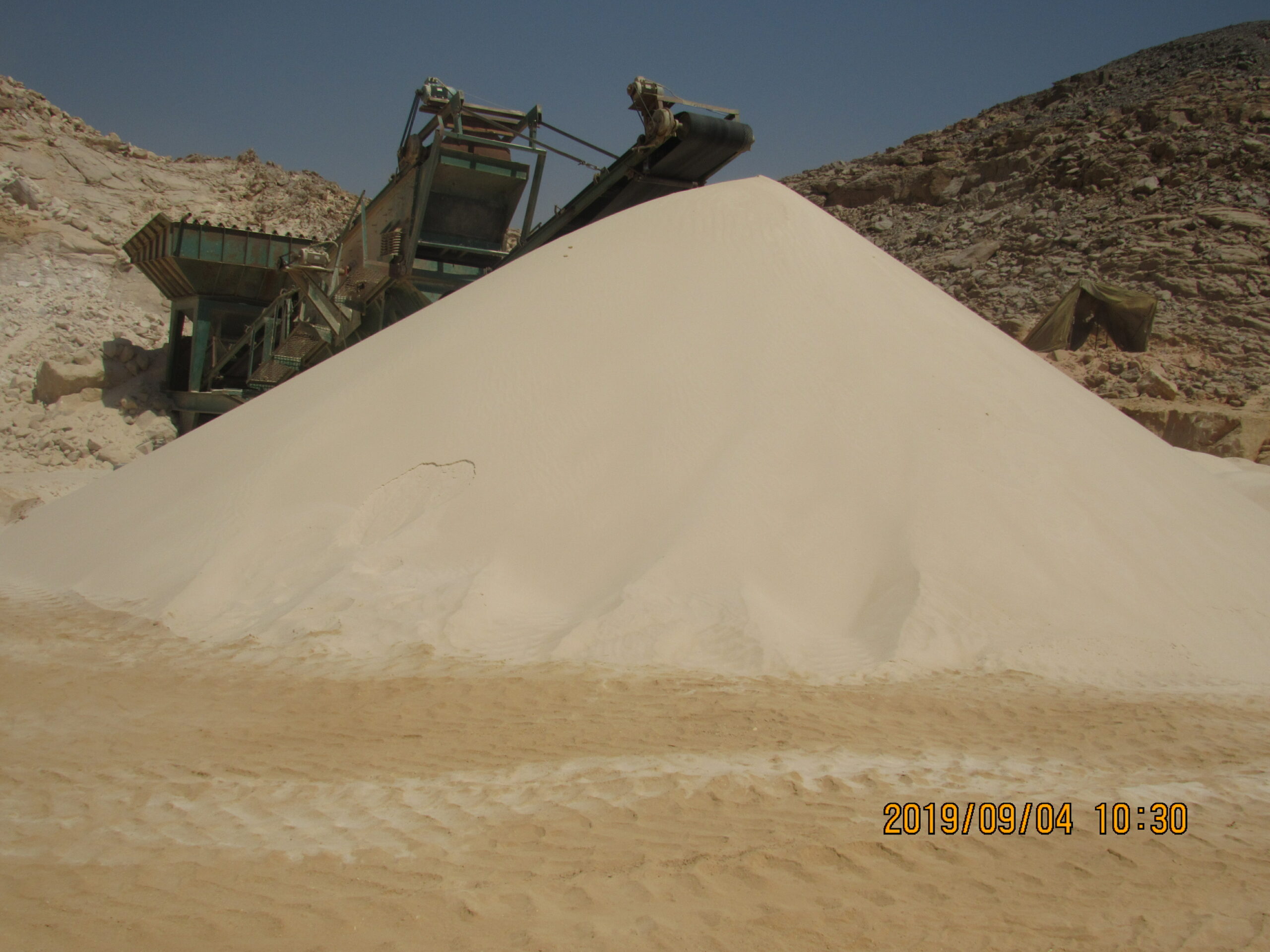Introduction
Seawater desalination has become an essential technology for providing fresh water in regions facing water scarcity. However, the process often results in water that lacks essential minerals and has an imbalanced ph. Calcite, a naturally occurring form of calcium carbonate (CaCO3), plays a crucial role in demineralizing desalinated water. As technology advances, new innovations are emerging in the field of seawater remineralization, with calcite at the forefront. This blog explores the future of seawater remineralization and the innovations involving calcite.
Current Challenges in Seawater Remineralization
While current remineralization techniques using calcite are effective, there are still several challenges that need to be addressed:
- Efficiency: The process of dissolving calcite to release minerals can be slow, requiring improvements to increase efficiency.
- Scalability: Large-scale desalination plants require significant amounts of calcite, necessitating innovations to make the process more scalable.
- Environmental Impact: Ensuring that remineralization processes are environmentally friendly and sustainable is crucial for long-term viability.
Innovations in Calcite Remineralization
Several innovations are emerging to address these challenges and enhance the role of calcite in seawater remineralization:
- Nano-Calcite Technology: Researchers are developing nano-sized calcite particles that dissolve more quickly and efficiently in water. This technology increases the surface area of calcite, enhancing its reactivity and speeding up the remineralization process.
- Hybrid Systems: Combining calcite with other remineralization agents or technologies can improve efficiency and scalability. Hybrid systems that integrate calcite with advanced filtration or membrane technologies are being explored to enhance water quality and treatment speed.
- Automated Control Systems: Innovations in automated control systems allow for precise monitoring and adjustment of calcite dissolution in real-time. These systems optimize the remineralization process, ensuring consistent water quality and minimizing waste.
- Sustainable Sourcing and Recycling: Developing sustainable methods for sourcing calcite and recycling used calcite materials can reduce the environmental impact of remineralization processes. Innovations in calcite extraction and recycling are being pursued to ensure long-term sustainability.
- Integrated Remineralization Units: Designing desalination plants with integrated remineralization units that utilize calcite more efficiently is another area of innovation. These units are being optimized to handle large volumes of water while maintaining high remineralization rates.
Benefits of Innovations with Calcite
The advancements in calcite remineralization offer several benefits:
- Increased Efficiency: Innovations such as nano-calcite and automated control systems enhance the efficiency of remineralization processes, ensuring faster and more effective treatment of desalinated water.
- Scalability: Hybrid systems and integrated remineralization units make it possible to scale up calcite remineralization processes to meet the demands of large-scale desalination plants.
- Environmental Sustainability: Sustainable sourcing and recycling of calcite materials reduce the environmental impact of remineralization processes, promoting eco-friendly water treatment solutions.
- Enhanced Water Quality: Advanced technologies and precise control systems ensure that demineralized water meets the highest standards of quality, with balanced pH levels and adequate mineral content.
Applications Beyond Drinking Water
Innovations in calcite remineralization also have applications beyond drinking water:
- Aquaculture: Advanced remineralization techniques can provide optimal water quality for aquaculture operations, supporting the health and growth of aquatic organisms.
- Agriculture: Improved remineralization processes can enhance the quality of irrigation water, promoting healthier crops and higher yields.
- Industrial Processes: Innovations in calcite remineralization can benefit various industrial applications, ensuring that water used in manufacturing and cooling systems meets specific quality requirements.
Conclusion
The future of seawater remineralization with calcite is promising, with numerous innovations enhancing the efficiency, scalability, and sustainability of the process. As technology advances, calcite will continue to play a crucial role in ensuring that desalinated water is safe, nutritious, and suitable for various uses. By embracing these innovations, we can ensure sustainable and reliable access to high-quality water, supporting the growth and success of diverse industries and communities worldwide.





